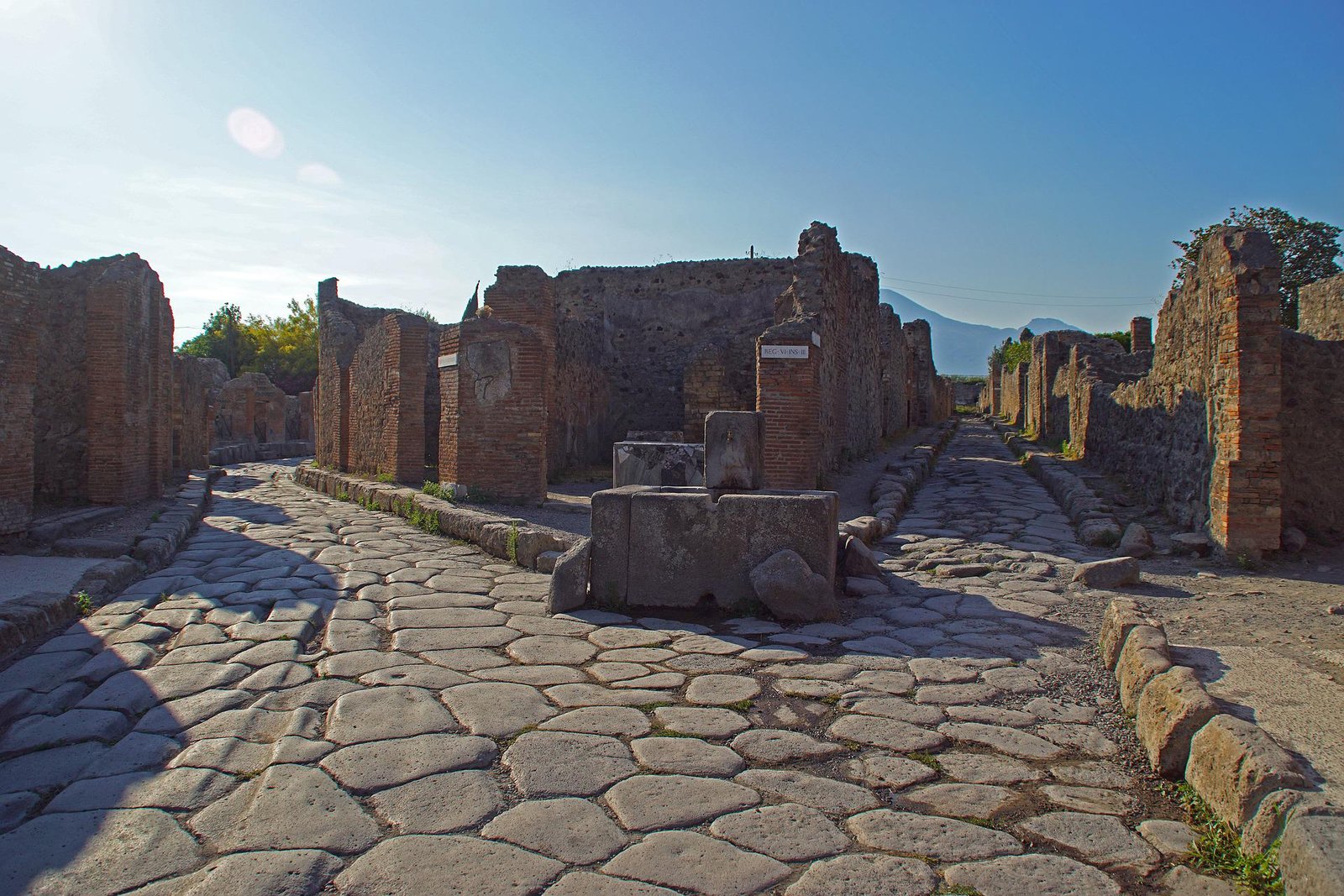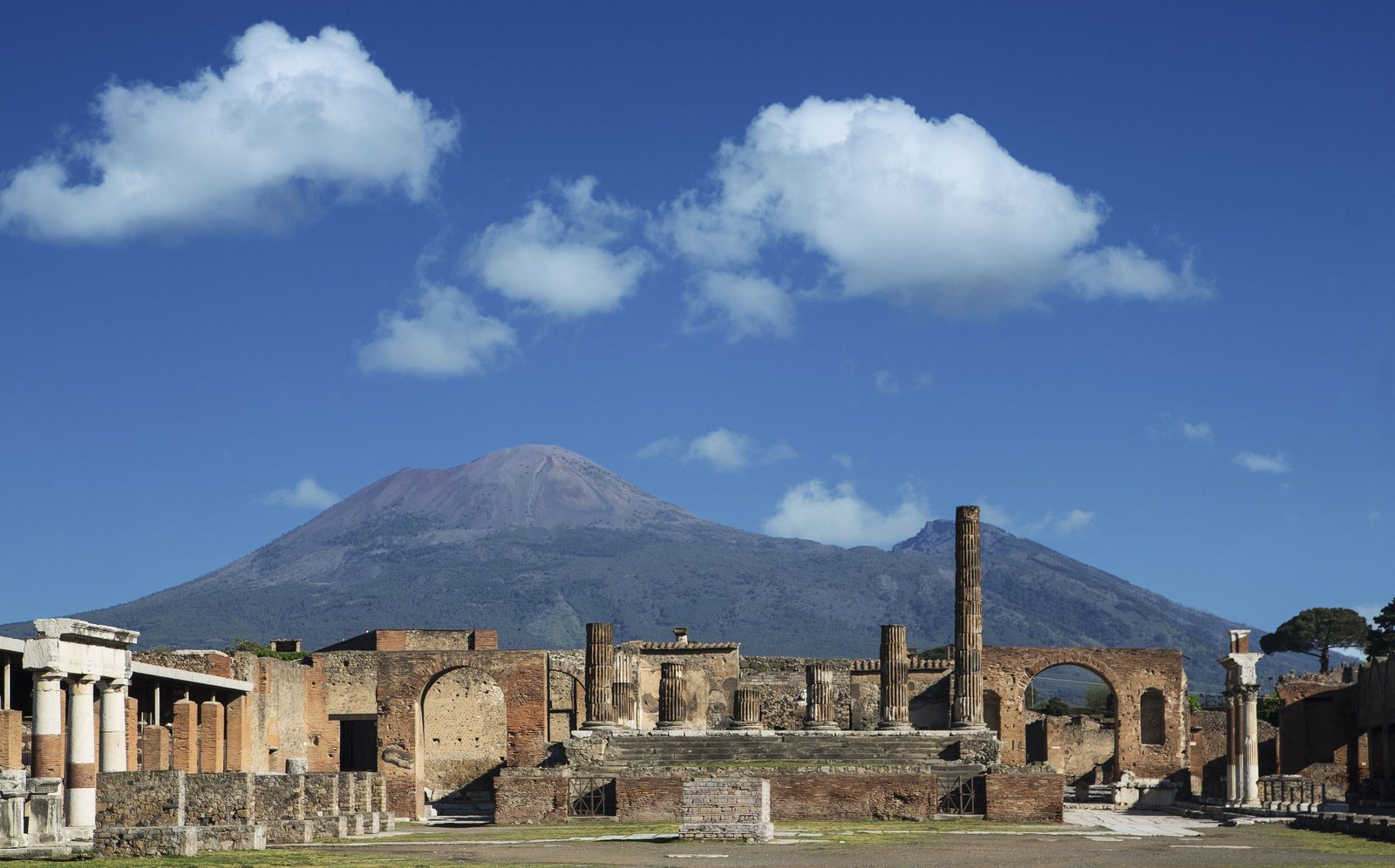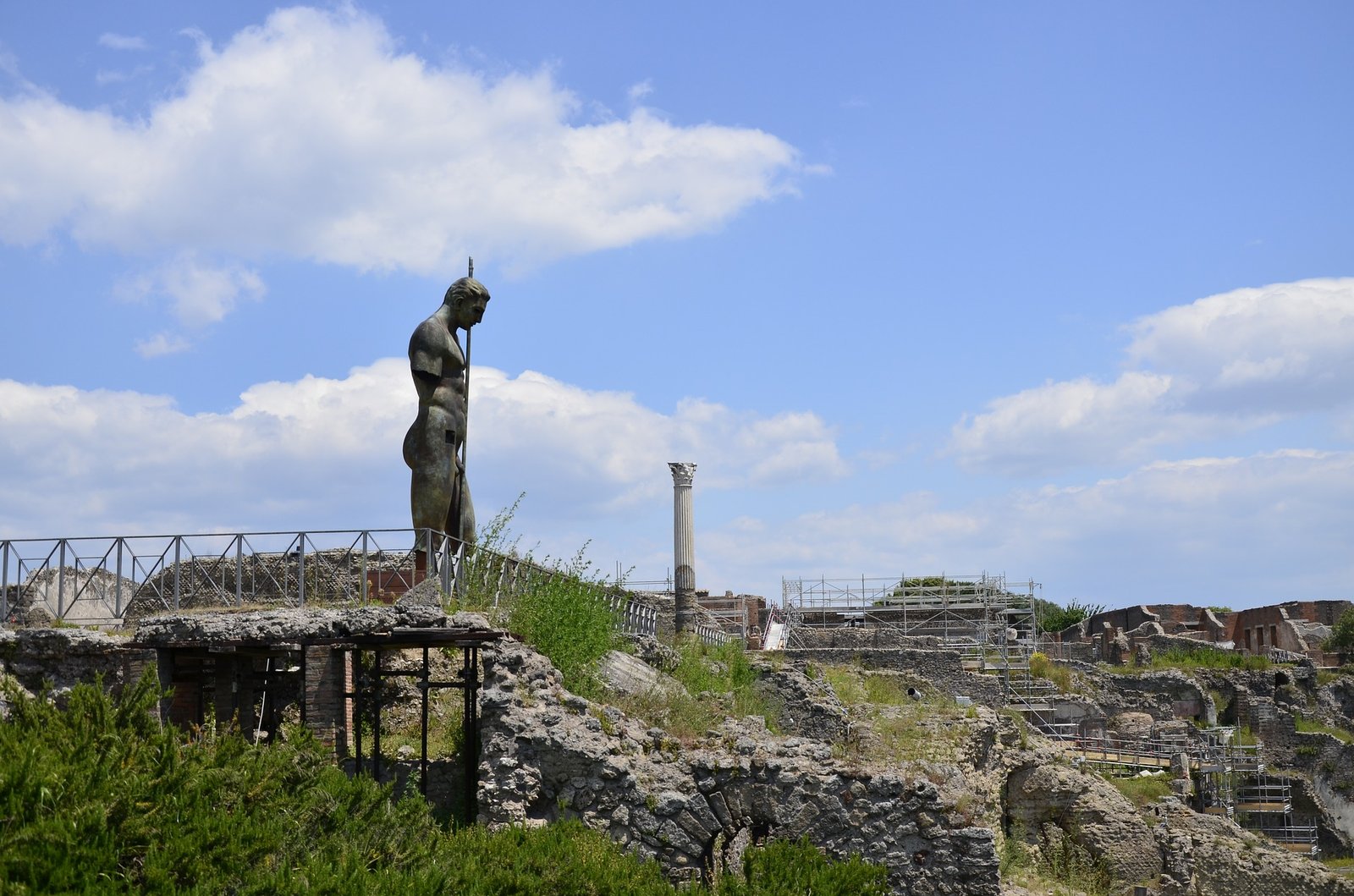If you could travel back in time and visit a place in the past, which place would it be? How would you feel standing there, watching history unfold in front of you?
We tend to forget that the same ground we walk on existed for millions of years before us. All kinds of creatures and people must have trodden on the same land.
This is how I felt as I stood on the cobbled stones of the ancient and doomed city of Pompeii, Italy. As my hand rested on the broken stone wall of what used to be some kind of shop, I studied the long ridges on the stones below my feet. These ridges were marks left by actual Roman chariot wheels that ran over this land before the city was destroyed in 79 AD.

I felt a bit strange walking around in modern clothes, surrounded by other tourists, some of whom were laughing while taking lewd selfies with the nude Roman statues. At some point, this used to be someone’s home. Life was carrying on just fine when, one afternoon, a volcano erupted nearby, practically burying everything in hot ash and debris, killing almost 2000 people. And yet, it is natural that as time goes by, we become desensitized to tragedies that happened eons ago.
I walked over to the edge of the city, looking down at the valley and then into the distance at the culprit of this devastation, the volcano Mount Vesuvius. Vesuvius last erupted in 1944 and has been relatively calm since then. However, it is still considered an active volcano and yet, interestingly, many people still choose to live near it. I sighed with regret. I had missed the time for the last bus tour of the volcano itself.

I turned to face the city again and was greeted by the sight of a very large imposing statue of a man looking out at the valley. Pompeii is full of larger-than-life statues and sculptures. Clearly, size, grandeur and power were precious to the Romans.
As I walked through the city, I learnt that the people of Pompeii ate out at the restaurants all the time. They too lived the fast food culture. Suddenly the empty restaurants with the remains of pots and pans came to life and I saw people relishing sweet buns, bean and vegetable soup and occasionally, a special preparation of cauliflower. I could see the wooden chariots carrying the rich Romans jostling down the stone roads, scaring pedestrians off the busy streets. I could hear the cacophony in the squares where men gathered to drink and discuss politics at the top of their voices. I took a drink at one of the fresh drinking water fountains where many a Roman urchin must have quenched his thirst.
Bathhouses and brothels, both significant aspects of ancient Roman life, were now stripped bare, and yet, it was hard not to imagine what went on there, thanks to the surviving murals of erotic art. Turning red with embarrassment, I quickly moved on and reached a grand, almost perfectly preserved house with beautiful marbles, art, and artifacts. Its rich owner probably had a lot of clout in society.

At the far end of the city I reached one of the oldest surviving Roman amphitheatres. Though not as grand as the Colosseum, this place surely provided great entertainment, albeit violent, to the public. I climbed up the staircase and took a seat at the highest point in the arena. While passing the ancient restaurants, I had started feeling hungry but now, imagining the hundreds of gladiators that may have given their lives and even taken them in horribly bloody battles, I lost my appetite.

At the end of my tour, sitting among ancient ruins in modern times, I took one last look at the city of Pompeii from my vantage point. It fascinated me to think how a tragic event that annihilated an entire city ended up making it an immortal one.




